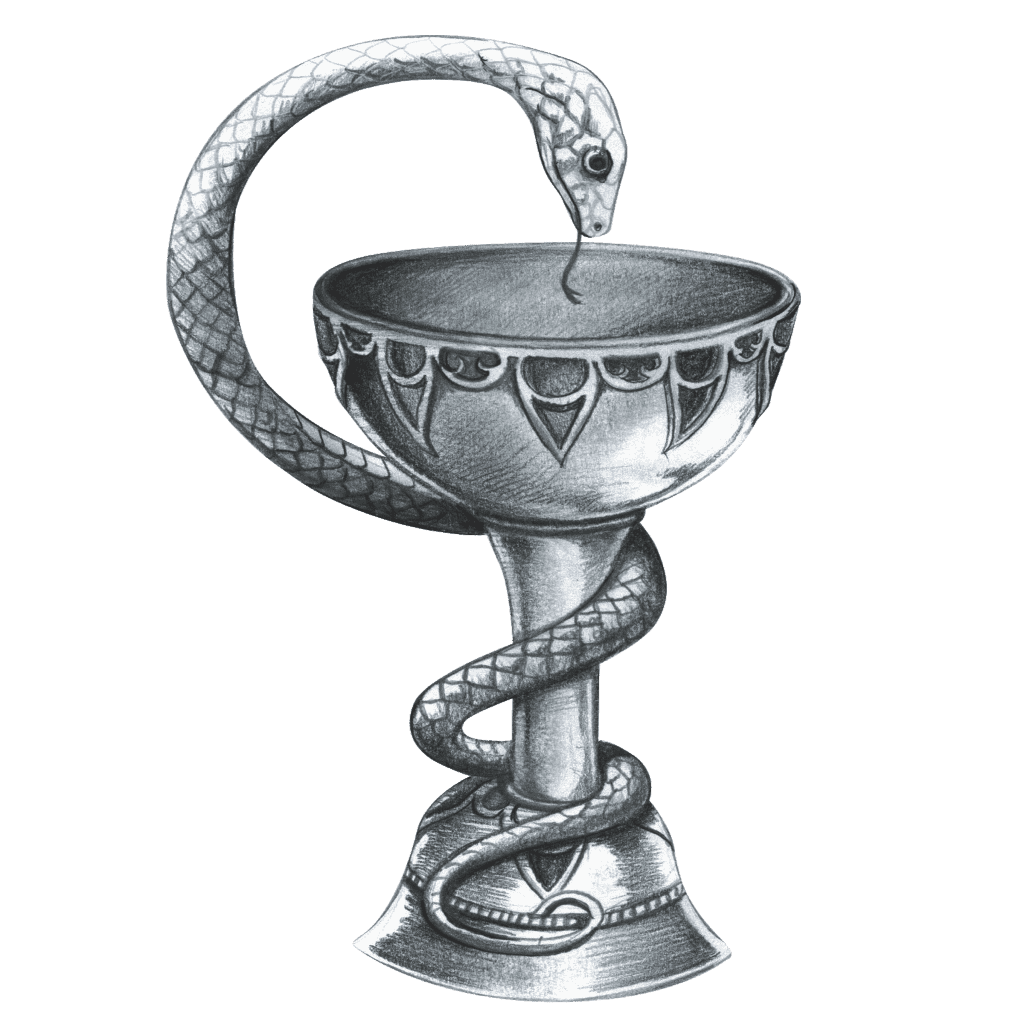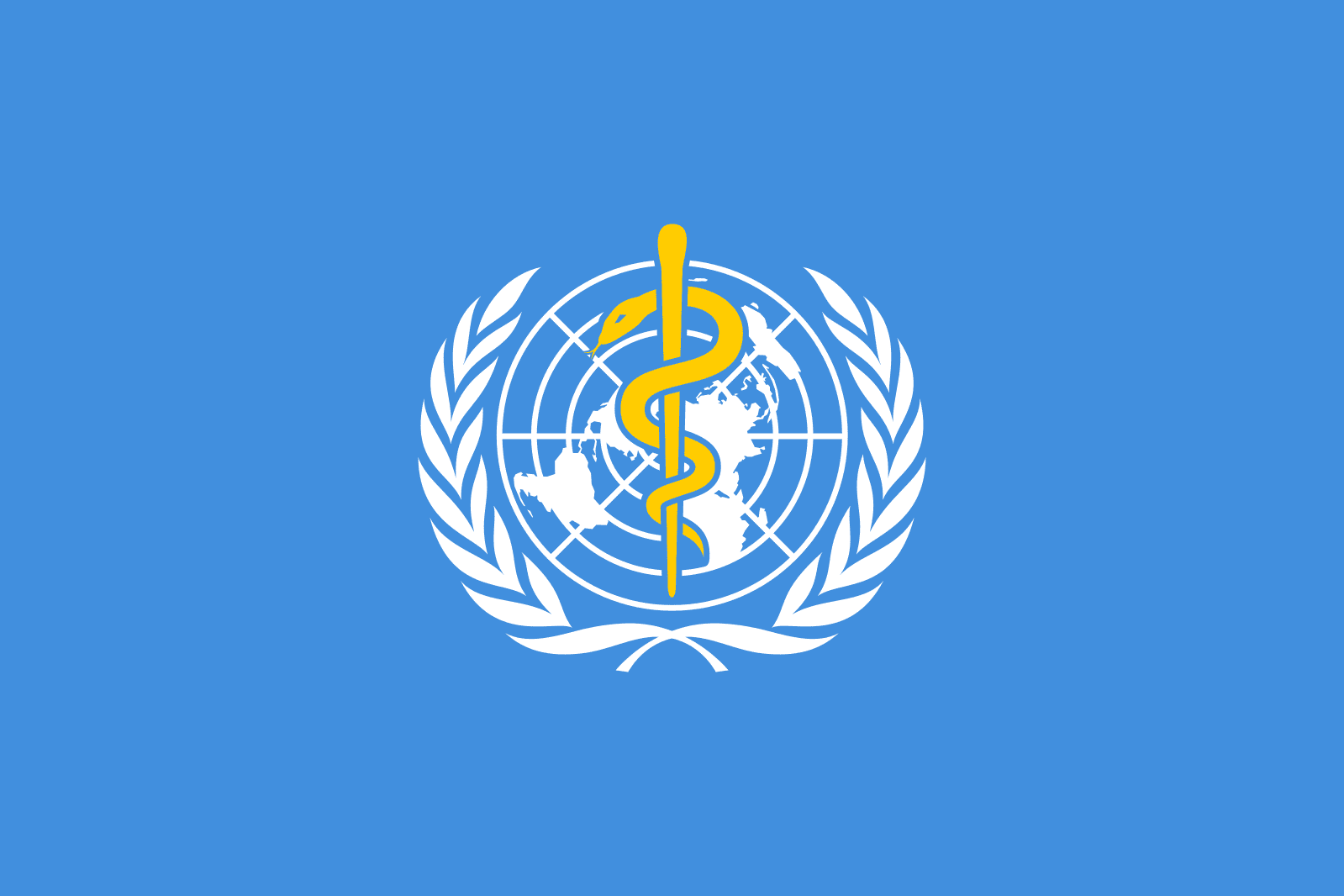Hygiene
希腊神话中,许癸厄亚( Hygieia )是医药神埃斯库拉庇乌斯的女儿,医药女神帕 那刻亚的姐妹。她掌管清洁卫生和健康,其形象通常是一个用碗喂蛇的少女。许癸厄亚的碗跟其父亲埃斯库拉庇乌斯的蛇杖一样,有一条蛇盘旋在上,两者同样具备 医学、健康的象征意义,是现今世界常用的符号之一。目前,许癸厄亚之杯已成为了欧美国家药店的标志。在几乎所有药店的入口,都会悬挂一个这样的记号。
英语单词 hygiene (卫生保健)就来源于许癸厄亚的名字 Hygieia 。
许癸厄亚之碗(英语:Bowl of Hygieia)是希腊神话中的道具,多被描绘为一个砵状的药盘,由名医阿斯克勒庇俄斯的女儿、健康女神许癸厄亚所拥有的杯碗。许多石像及壁画上的许癸厄亚,都以此碗喂饲一条长蛇。
许癸厄亚的碗跟其父亲阿斯克勒庇俄斯的蛇杖一样,有一条蛇盘旋在上,两者同样具备医学、治疗的象征意义,是现今世界常用的符号之一。仔细分类的话,“阿斯克勒庇俄斯之杖”代表着“医学”,而“许癸厄亚之碗”则代表着“药学”。

Bowl of Hygieia is one of the symbols of pharmacy, and along with the Rod of Asclepius it is one of the most ancient and important symbols related to medicine in western countries. Hygieia was the Greek goddess of health, hygiene, and the associate, wife, or daughter of Asclepius. Asclepius' symbol is his rod, with a snake twined around it; correspondingly, Hygieia's symbol is a cup or chalice with a snake twined around its stem.
WHO, World Health Organization的logo就是这条蛇。
